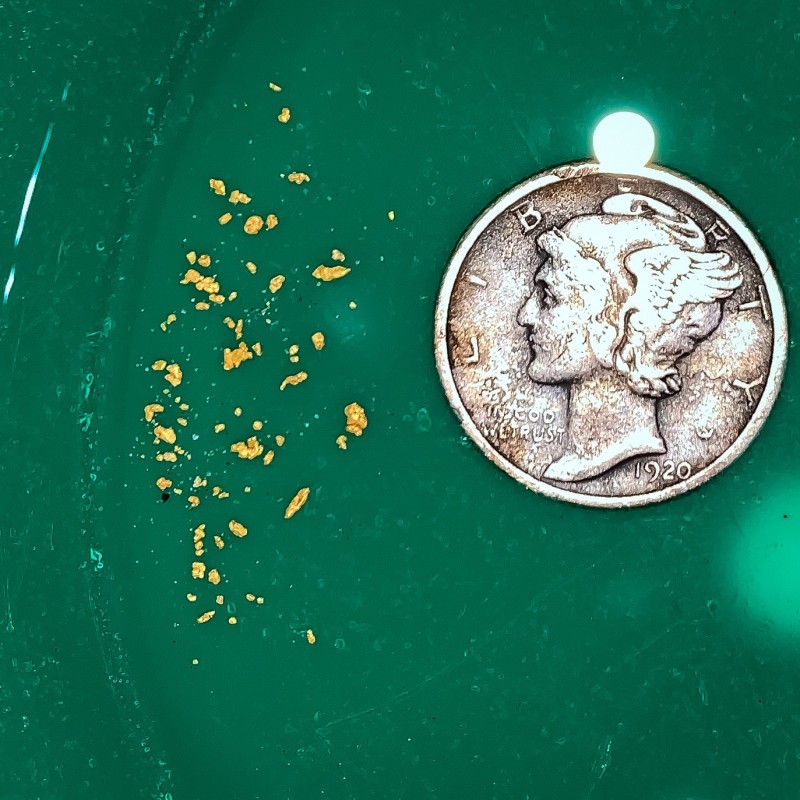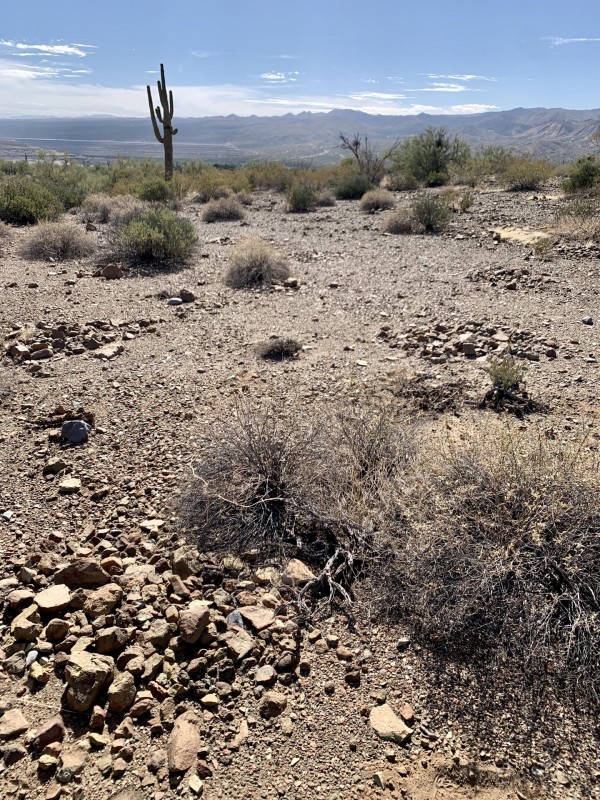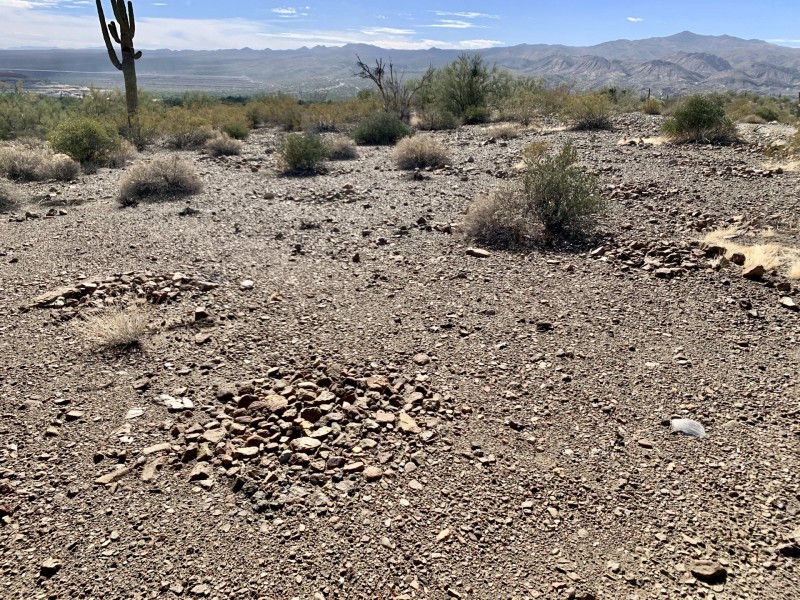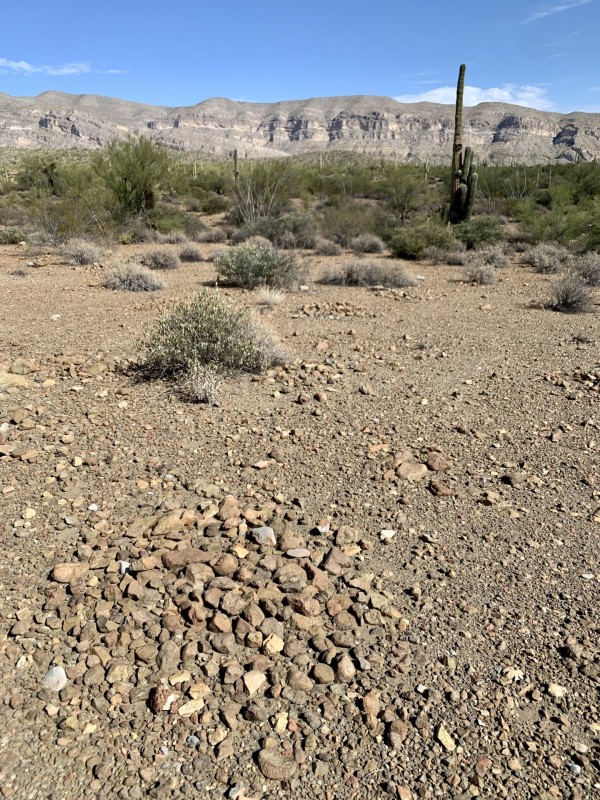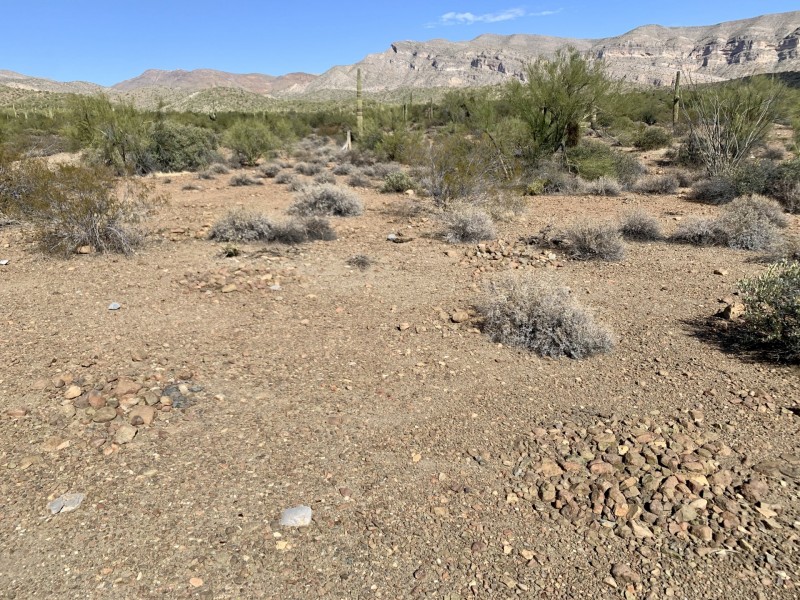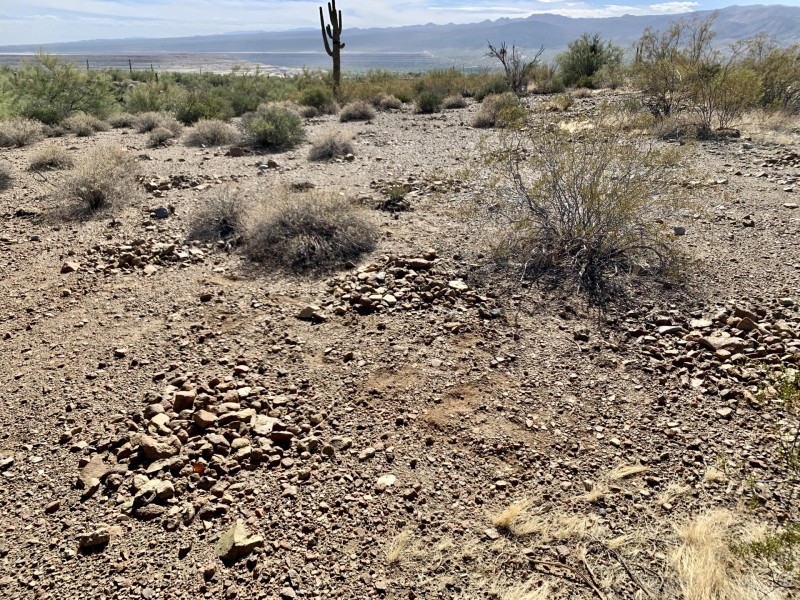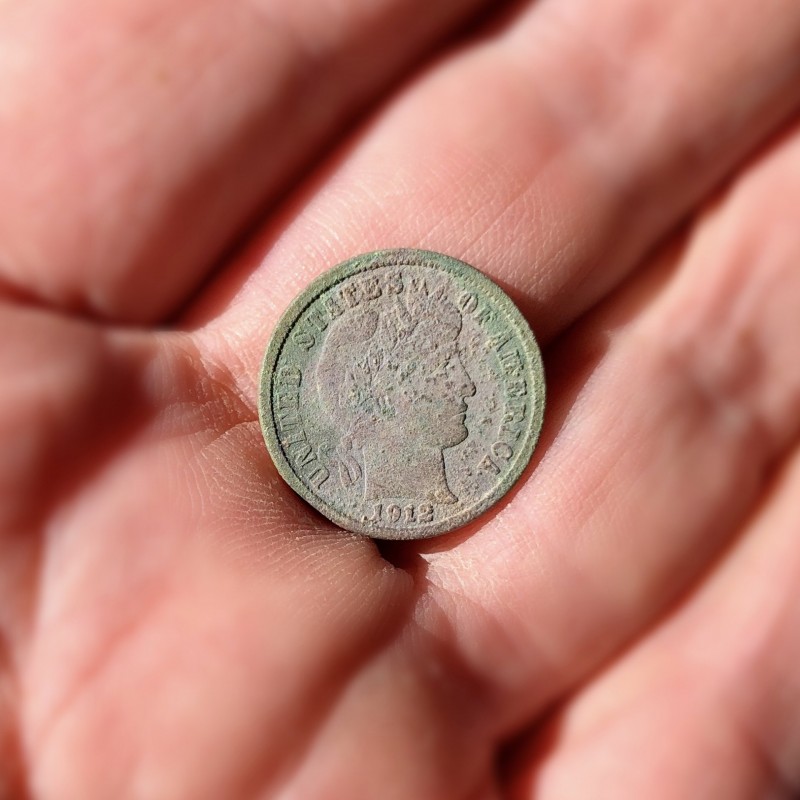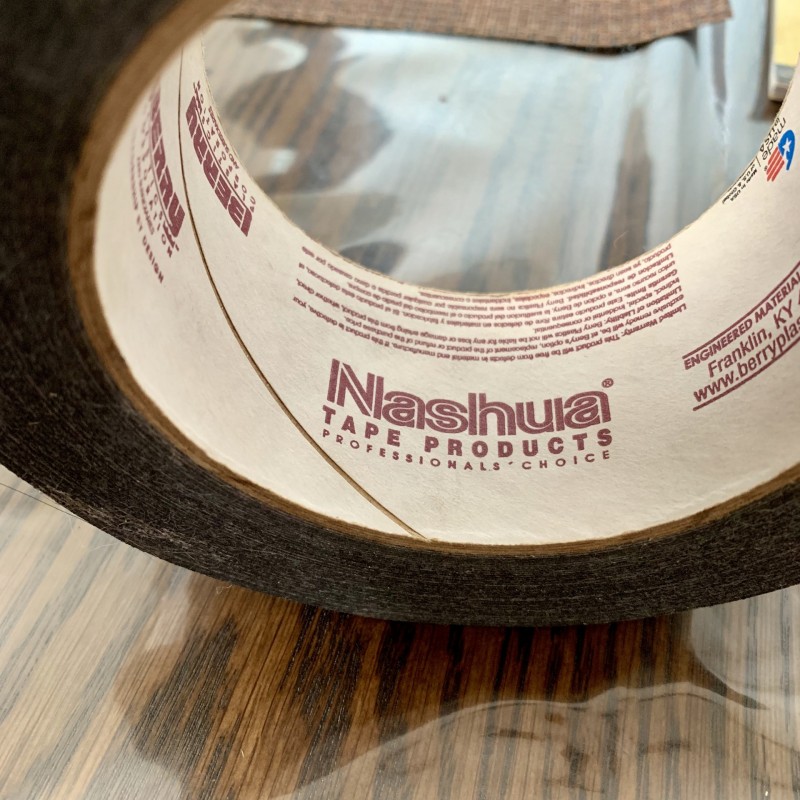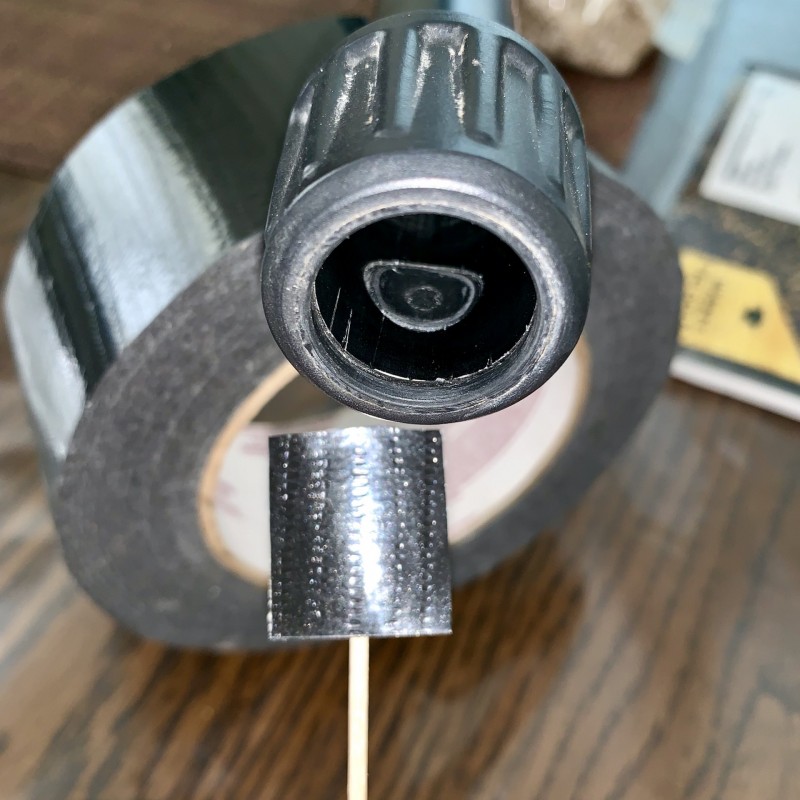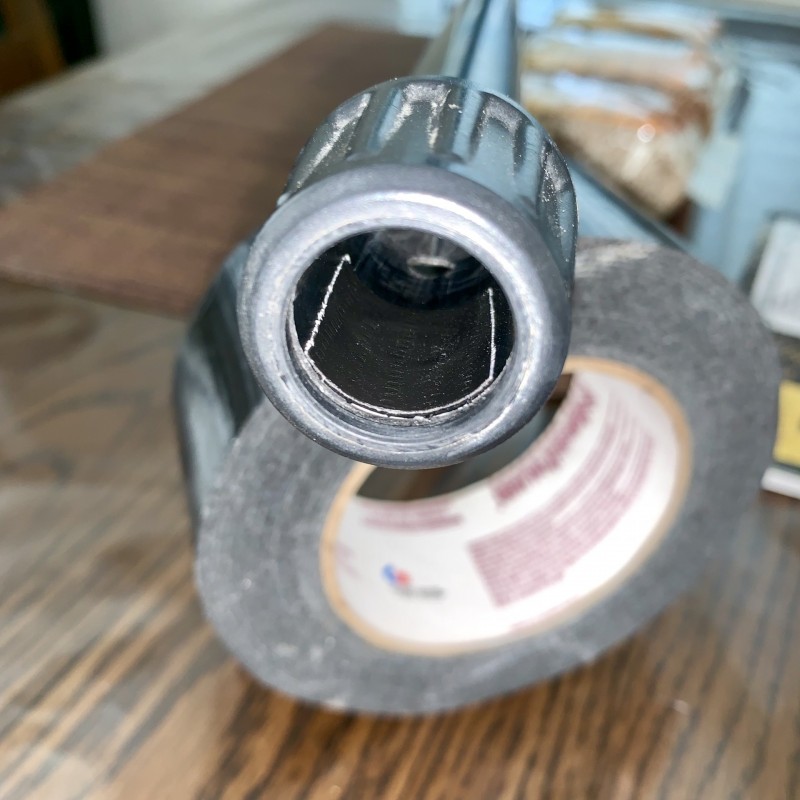-
Posts
175 -
Joined
-
Last visited
Content Type
Forums
Detector Prospector Home
Detector Database
Downloads
Everything posted by Skookum
-

Hello. I Wanted To Know If This Is Normal Behavior Of Equinox
Skookum replied to lukasz1984's topic in Minelab Equinox Forum
I've noticed that before on more than one detector. I see in your video that you have fixed your coil cable very tightly near the end of the shaft. You likely did this to reduce any cable motion and thus limit any artifactual noise. However, when you rapidly bounce the coil on the end of the shaft, you can feel it causing a subtle flexion of either the shaft or a motion at the coil joint. Oscillation of the (even tightly fixed) cable in the magnetic field might cause this noise artifact. This is just my theory. I'm not an engineer. And, yes, I decided that since that motion wasn't typically used for detecting, I let it slide. Everything has turned out just fine. -
As a rather new member on the forum, I'm also sad to hear of his passing. Fred was one of the few who responded to a newcomer's questions and seemed genuinely interested to help. Helping those you don't know is a trait of a giant soul. Thank you for your brief, but thoughtful interactions, Fred. May your legacy live on and be passed to others who find a piece of it resting here.
-

Your Techniques For Trashy Tailing Piles
Skookum replied to vanursepaul's topic in Detector Prospector Forum
Fred, thanks for the area specific experience shared. I’ve never seen so much trash as in these piles. From your comment, do we have more iron trash here? Perhaps, more years and inches of rain as elsewhere rust away the smaller bits of iron faster? Rob (or anyone), which shape of magnets do you like best? I wonder if the circular magnets would accommodate a rake tine in the hole and present more of the the magnet’s surface area in the desired plane. I’m curious to hear if those of you using the larger coils have less trash or more tolerance.- 64 replies
-
- minelab equinox
- alaska
-
(and 1 more)
Tagged with:
-

Your Techniques For Trashy Tailing Piles
Skookum replied to vanursepaul's topic in Detector Prospector Forum
Interesting thread as I just came here looking for this very topic, tonight. I spent the last couple of days detecting heavily iron infested tailings piles. I presumed that many nails and flakes of tin cans mean many “I think I’ll pass”-es. I chose a 6 inch coil thinking it would be easier to separate targets and pick up smaller nuggets. Maybe I’m coming at it all wrong. How come some of you are recommending the larger coils? Won’t that just drive you nuts? Is it just to get more depth and have less raking?- 64 replies
-
- minelab equinox
- alaska
-
(and 1 more)
Tagged with:
-
Yep. I’ve noticed it when leaning near the unit.
-

XP Orx Finding An Arizona Nugget (.60 Gram)
Skookum replied to MannyScoot's topic in Detector Prospector Forum
Sounds like good fun. How many of those pieces are nuggets?! -
Thanks for all of the entertaining and helpful comments. Spent a half day detecting, today, and got nothing but little bits of lead, iron, and hot rocks. At that point, I usually grab a parting bucket of dirt to bring home and soothe my bruised ego. Here's the product of 4 gallons unclassified dirt.
-
I wondered about being cleared for easier walking, too. There are some degraded steel flakes scattered about. I also found a couple of solitary antiquey clay bricks, without a home. Its really in the middle of nowhere without water nearby. It's east-southeast of Phoenix on a club claim (top secret html encoding in use here). I've tried as much research as I know how short of getting into the nearest local library, which appears to never be open. Although, I did find 1952 Rosie dime in their front lawn just for kicks. It's an eerie little town. From what I read in USGS material (encoded information here, again), there was some gold found in certain surrounding areas, but it's not clear what was going on at this particular location. One of the sections said So-and-So reported finding some "pannable" gold on his claim, but that's not exactly here. There is plenty of evidence of recent drywashing in the nearby ravines. But, I can't find recent or remote shared info on what people have found on this spot. That said, I've drywashed a couple of those nearby ravines and found both very small flake and small chunks of rough gold. Nothing of detectable size in the concentrates and nothing detected yet, but I've only spent one day. Sure would be nice to know if I'm wasting my time!
-
That was my very first thought that popped into my mind when they first popped into my view. It's funny how I didn't even see them the first time around when camping nearly right on the spot. The second time around it was almost as if my subconsciousness noticed there was something odd about their organization throughout the surrounding area. I think what caused me to miss them in the first place was that they had weathered to nearly flush with the surrounding dirt. There were about 17 to 20 of them in a 100 sq ft area. I found another area removed about 1/4 mile from them that looked very similar, but only had 5 to 6 rock piles--again, without tailings or digs. So, if they truly happened to be rake piles, all from about the same time period, how would you choose to go about testing the area?
-
I have wondered that, too. They are just so oddly homogeneous.
-
I may have to go back and try around a few more of them. They do seem more out of place in person.
-
Yes. I scanned around with the smallest GM1000 coil followed by the SDC. Nothing yellow. It is sitting right on top of an alluvial fan with gold in it though.
-
Thanks for your replies. It’s probably a really common question for which detector is “best”. An epiphany I’m having right now is that maybe one of the challenges in prospecting is learning what exactly are your needs. Here’s a theory that I might abandon with time. When your ignorance quotient is high, your needs quotient is low. Then as your ignorance begins to decrease (from learning), your needs grow. And, finally, when your ignorance seems to be at its lowest, then your needs decrease, again. It might even be a cycle. Right now I may be in the second phase, so that makes me both curious and needy.
-
I’m always trying to learn how to correctly identify evidences of the older workings. These piles caught my attention because they look like old dry washing header piles, but there are no discernible tailings piles. The rock piles are quite flattened, perhaps this means they are old. But, the other mysterious finding is that there are relatively no large rocks found between the piles. This is in contrast to the surrounding terrain, which is homogeneously strewn with rocks of variable size. This makes me wonder if the piles were formed by detectorists trying to get a more level surface. Then, again, I don’t see any recent evidence of recent diggings due to the flatness of the ground. Is anybody with more experience willing to share their take on it?
-
Okay, it’s time to reveal some bias in creating this post/poll. Both a GPZ and an SDC have somehow come into my possession. I’ve used the 7000, but the 2300 remains unused in it’s box. I’m curious to hear from anyone that’s had experience using both. Even more so, I’m wondering if anyone has kept both. To the point, are there any convincing (notice not justifiable) reasons to keep both? Certainly, the easy answer is to use both and see. Different folks like different strokes. However, since the 2300 is still sitting pretty in box, if it’s redundant or secondary to the 7000, perhaps selling it unused is best. Looking back in the forum, I found Steve’s detector poll from several years ago. The two most commonly owned detectors were both of these mentioned here. I didn’t see discussion exposing how many people owned both. But, I believe it said many people had more than one PI. With the time that has passed since that poll, results might be different now. For instance, I hypothesize that with enough time a given hobbyist would settle in on or the other. Perhaps not. Thoughts?
-
This poll is designed to see who is currently using either the Minelab SDC or GPZ detectors with a component of identifying anyone who actively uses both. (I hypothesize there may be a selection bias in this forum in favor of more detectorists who use the GPZ even though sales of the SDC are much higher.)
-
Unfortunately, I didn't take a before and after photo of my IHP, but here are a couple of silvers that were just for fun. It was a totally different process though. And, yes, they are probably only worth a melt value. But, it brings me a degree of satisfaction and makes my collection prettier.
-
That green patina is quite unique and called verdigris. I can't quite see it cleary enough, but it doesn't look like you have much brozne disease. Maybe there is a little bit of it around the edges. There is a cool way to remove bronze disease, and preserve the patina, but it will put a matte finish on the coin. The phrase you'll often read online is to NEVER CLEAN YOUR COINS! Because, yes, cleaning your coins in any way can obliterate their numismatic value leaving you with nothing more than melt value. But, a lot of the coins I get here in AZ have already been nearly obliterated after having rolled around in our sandy, salty soil at extreme temps for decades. Some times you just want to have a bit of fun cleaning your coin. Most people would probably agree that if the coin is of little or low value, then it doesn't really matter what you do with it. (If it's a valuable coin and you wiped the dirt off the face to see the year and mint mark, you probably just bricked it, anyway.) Just like some people here love that green patina, you might like it looking as close to original, if possible. A year ago, I dug up a 1900 IHP with so much corrosion that not only would no one else have ever bought it, I didn't want to keep it that ugly, either. One way to remove bronze disease is to soak your coin in a sodium sequicarbonate solution. You can make this by dissolving roughly equal parts sodium carbonate (washing soda) and sodium bicarbonate (baking soda) into filtered water. If it's really bad, it can take several treatments with toothbrushing and soaking to remove all the crust. One nice thing about this method is that it can save the color of your patina. However, if the bronze disease is severe, it will remove it right down to bare metal. In that case, you might have to repatinate the exposed areas with a sulfur compound. Once you're done removing the bronze disease, you have to remove left over traces of water or it will happen, again. You can do this by soaking it in acetone. Afterwards, seal it with microcrystalline wax (e.g. Renaissance Wax). Again, just be wary that if you do this a lot of purists might start seeing red. Nonetheless, I've found restoring coins to be a fun part of the hobby that melds both art and science to a pleasing degree of personal satisfaction. Here is a resource I really like. http://www.metaldetectingworld.com/cleaning_preservation_coin.shtml. Good luck!
-

Do You Consider Your Soil Highly Mineralized And Where?
Skookum replied to Skookum's topic in Detector Prospector Forum
Interesting... I hadn't considered that some iron compounds might not sway the detector. I was thinking that most iron compounds had some (varying) degrees of magnetic susceptibility. Perhaps not. However, one particular clip from that excellent Fisher reference you cited said something that made me wonder, again, if elemental iron is a problem. Here's it is: I appreciate Steve's comment that localized variations can be dramatic and multifactorial. Now, I'm back to wondering if that map reveals any generic trend in detecting difficulty. -

Wobbly Shaft Quick Fix - Equinox 600 / 800
Skookum replied to Alluminati's topic in Minelab Equinox Forum
I believe initially, they were having people ship their entire detectors in. Later on, they were just shipping particular parts of the shaft. It sounds like some people have had luck with the replacement. -

Wobbly Shaft Quick Fix - Equinox 600 / 800
Skookum replied to Alluminati's topic in Minelab Equinox Forum
That’s a great idea. If mine wears through the tape over the tab, I may try the same. Nice variation. -
Why did you have to post this? Now I have to start digging 19s and 20s, again.
-

Wobbly Shaft Quick Fix - Equinox 600 / 800
Skookum replied to Alluminati's topic in Minelab Equinox Forum
My 800 had the loose shaft wobble problem. Minelab originally replaced the piece of shaft that was loose. This worked for about a year. Now it’s loose, again. Here’s a similar fix that I’ve done using a piece of high temperature duct tape. Cut a small piece just slightly narrower than the diameter of the tube and long enough to cover the inner surface of the locking pressure tab. Insert using a toothpick. Press flat with finger. The piece of duct tape is thicker and more durable than electrical tape. The high temperature adhesive should be more resistant to smearing or sliding. We shall see! -
https://www.minelab.com/usa/community/treasure-talk/a-crash-course-in-everything-coils While there is nothing revelatory written here, does anyone else find it interesting to see them posting this topic at this time? With all of the recent aftermarket coil discussions filling these forums for both the SDC and GPZ, it makes one wonder if they are just trying to be relevant or have a plan to change things up. It’s speculation. But, the timing is interesting. It must be uncomfortable seeing another company modify your product for a profit. There’s also probably a good reason they haven’t released alternative coil options to date. Hopefully, nothing of lower quality gets released in haste.
-

Do You Consider Your Soil Highly Mineralized And Where?
Skookum replied to Skookum's topic in Detector Prospector Forum
Any idea how Nevada compares to Arizona (in general)?




